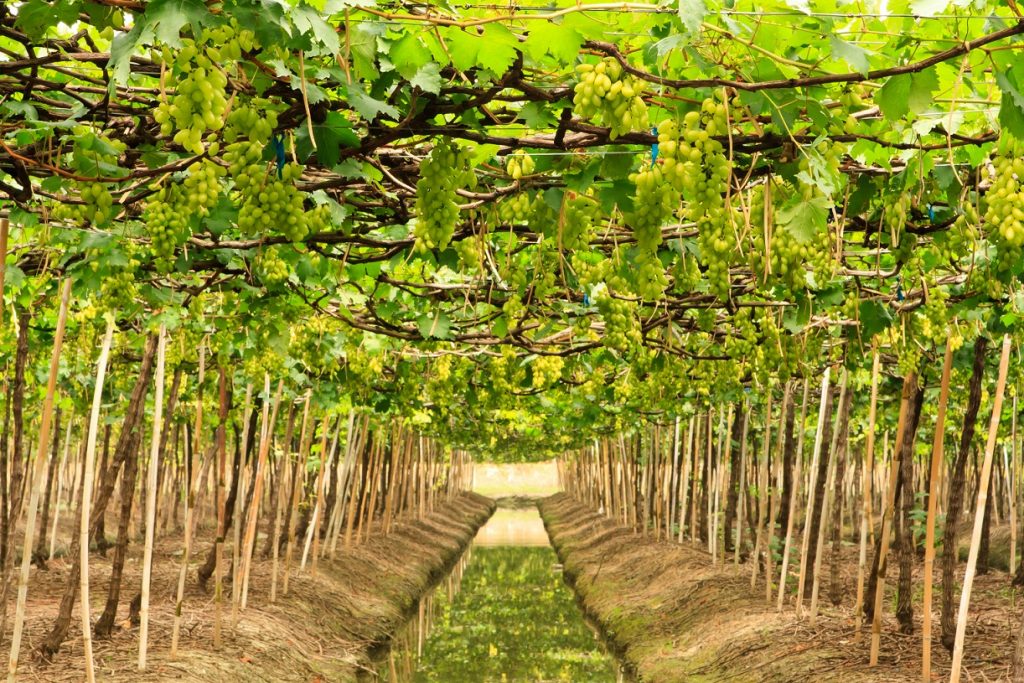South Africa forecasts slightly larger grape crop than previous years

South Africa has forecast a slightly larger table grape crop this year, which an industry body describes as a return to normal volumes and a reflection of growth in hectares planted over the last six years.
The South African Table Grape Industry's (SATI) first estimate of the 2020-21 season pegged volumes at 65.0 million and 69.8 million cartons (4.5kg equivalent).
Last season the country packed 66.15m boxes for export, while 61,13m were packed in 2018-19 and 62.06m in 2017-18.
SATI said the earliest Northern Provinces Region is expected to start a week later than normal, i.e. week 45, while indications are that the Orange River is likely to start about 5 days later due to cooler spring weather. It is still too early to predict exactly when the remaining three South African production regions based in the Western Cape province will start harvesting.
According to SATI Chairman Fanie Naudé, the focus will be on providing quality table grapes from South Africa that are an essential part of healthy diets with producers ready to meet the increasing worldwide demand for healthy fruit, especially during the ongoing Covid-19 pandemic.
The basis of the crop estimate is supported by the latest vine census, which reflects the table grape industry’s response to market preferences through the investment in new varieties that gave rise to the accelerated replacement of older generation varieties with new generation varieties. A larger percentage of young vines across most of the production regions is currently not bearing or not in full production yet.
Expectations for the first half of the South African season up to around week 4 is that volumes are not expected to be higher than in previous years. This is due to the extended colder conditions in the Orange River region with a resultant slightly later start that is expected.
A return to a normal crop is expected for the three Western Cape-based regions, especially in the late Hex River region where unseasonal rain during the last season caused substantial losses.
It has to be noted that about 60% of the total crop comes from the mid-to-late Berg and Hex River regions with further updates from this region to be expected in a second crop estimate towards the end of the year.
The Olifants River Region received plenty of winter rains with a full recovery expected for this region. The realization of this crop estimate depends on a few critical factors with the weather conditions just before and during harvest the most important.
Crop estimates are done in co-operation with growers and industry experts representing all production regions. SATI will use this structure to be more responsive to in-season developments and deviations. The estimate, in the table below, was reached by considering the best available information, experience and observations, the latest industry vine census and historical data.












































